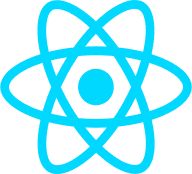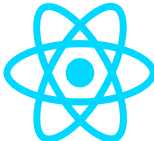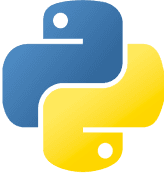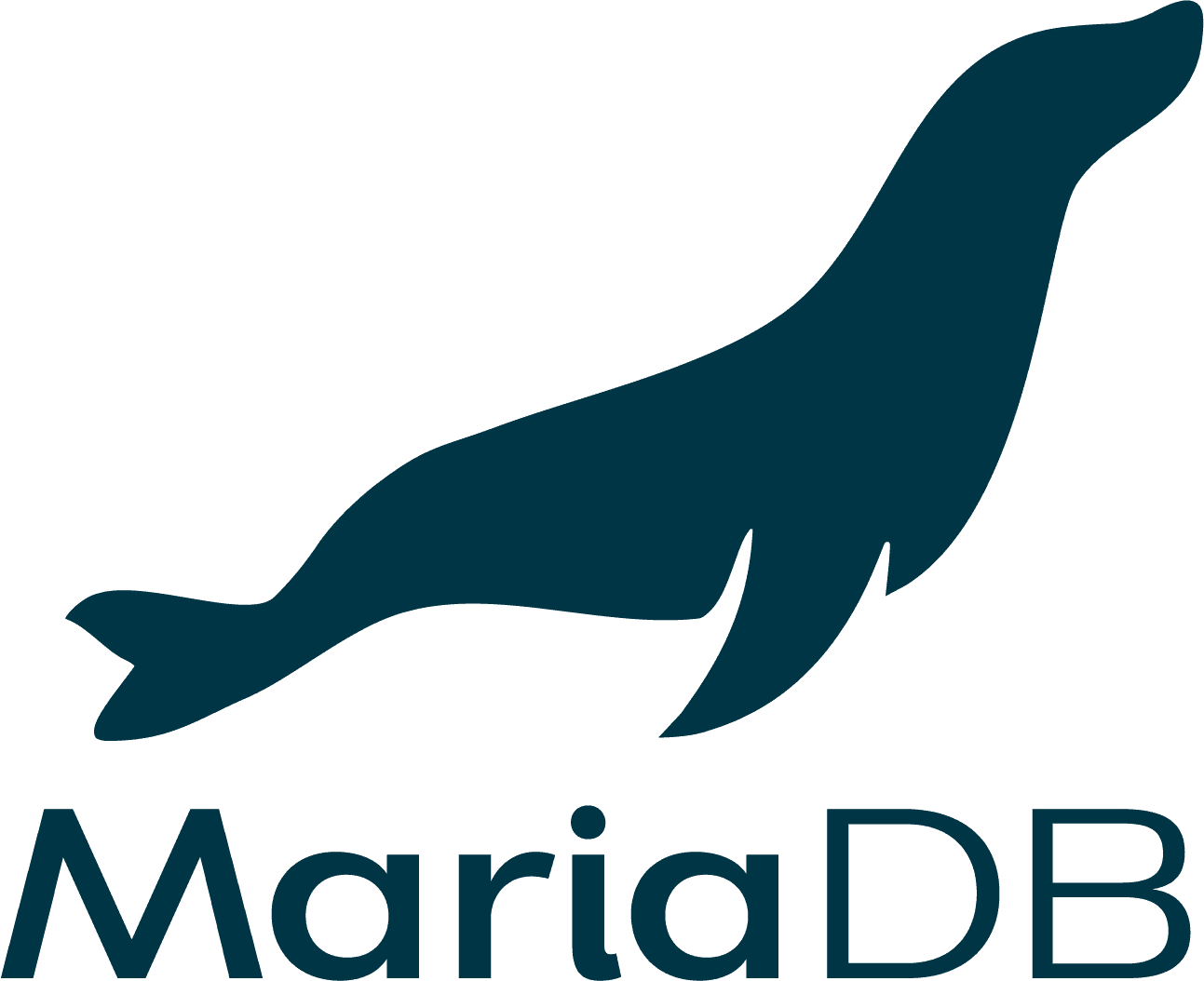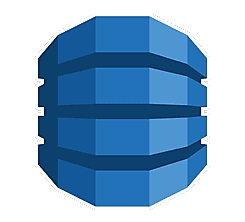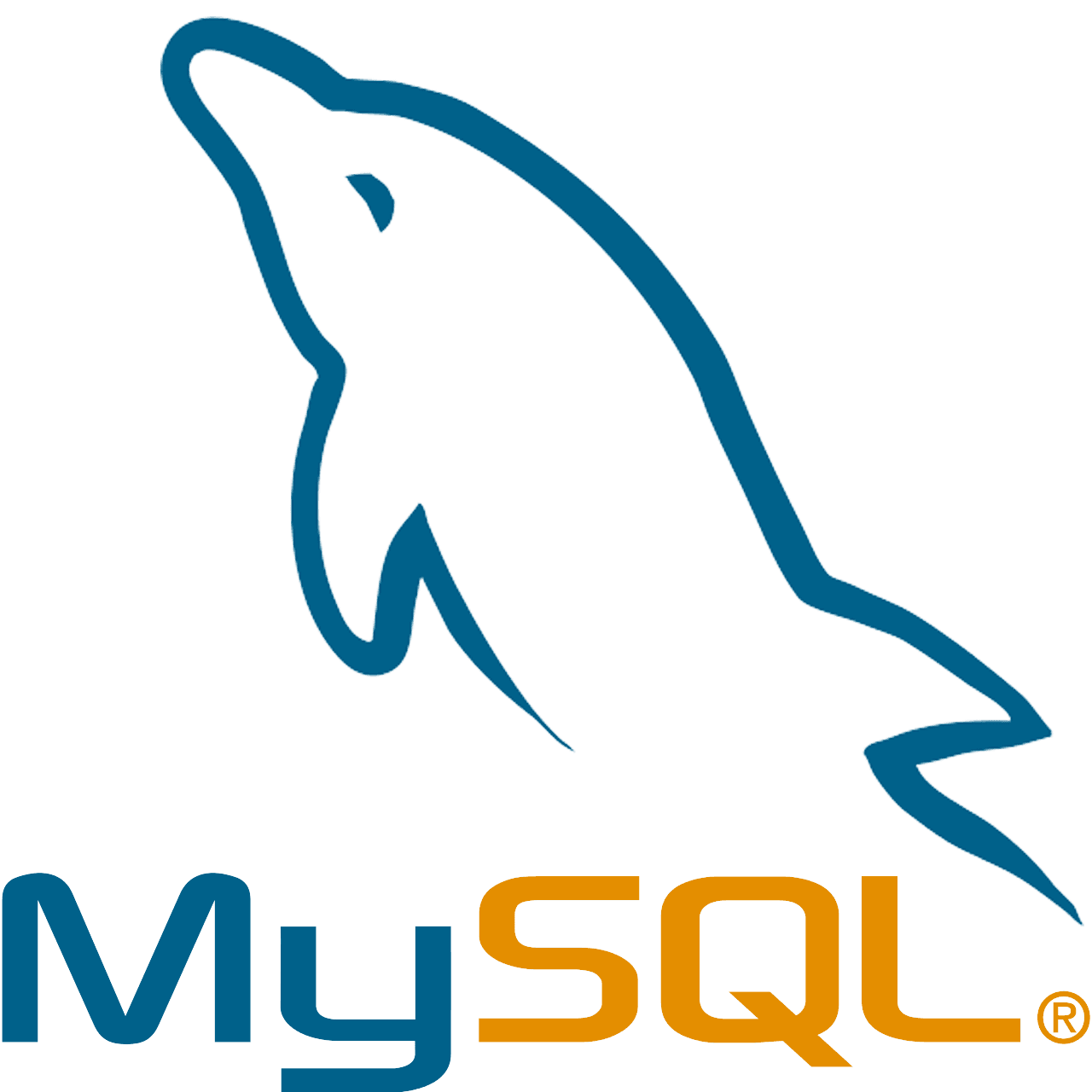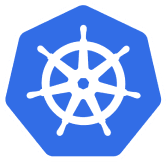Enterprise Software Development Services



























































CASE STUDY
OUR SERVICES
Our Suite of Custom Enterprise Software Development Services
Scalable Architecture & Design
Business Process Automation & Optimization
Adoption & Migration to Modern Tech Stacks
ERP Solutions
Back Office Management
Design Systems

OUR SOLUTIONS
Our Custom Enterprise Software Development Solutions
Enterprise Resource Planning (ERP)
Unify your core business processes like finance, inventory, and HR in one central system.
Customer Relationship Management (CRM)
Build stronger customer relationships by managing interactions, sales pipelines, and loyalty programs.
Supply Chain Management (SCM)
Optimize your logistics, inventory, and supplier relationships for a seamless flow of goods.
Human Capital Management (HCM)
Attract, develop, and retain top talent with software for workforce management, payroll, and benefits.
Content Management Systems (CMS)
Effortlessly create, edit, and publish content for websites and mobile apps.
Learning Management Systems (LMS)
Deliver engaging online training experiences and manage employee learning journeys.
Data Analytics and Business Intelligence Tools
Gain data-driven insights with custom dashboards and reports to make informed decisions.
Project Estimation Builder
Automate initial estimations using existing data, freeing up time for strategic work.
Project Management Software
Plan, track, collaborate, and deliver projects efficiently with powerful software tools.
TECH STACK
Our Tech Stack Spectrum for Enterprise App Development
TESTIMONIALS
Our Clients Love Us
Leading global companies trust us to develop tailored solutions for their business. And we always ensure to go beyond their expectations and deliver a 5-star-worthy experience. We take pride in consistently achieving this goal.

TECH PARTNERS
Tech Partnerships Built on Trust




FAQs
Learn More About our Custom Enterprise Software Development Services
The cost of enterprise software development varies greatly depending on several factors, including:
- Project complexity: Features, functionality, and integrations all contribute to cost. Simpler applications cost less than those with complex features like AI or machine learning.
- Team location and experience: Developer rates vary by region and seniority. Highly experienced teams will cost more than less experienced teams.
- Development approach: Traditional development is often more expensive than using low-code platforms or cloud-based solutions.
A ballpark range for custom enterprise software development is $100,000 to $750,000. However, for a more accurate estimate, it's best to consult with a service provider to discuss your specific needs.
The first factor to consider is alignment with working culture and pace. It is important to ensure that the partner or service provider can deliver on time. Secondly, the partner should be familiar with emerging technologies and have a strong R&D team.
Other parameters to judge are:
- Expertise and Experience
- Communication and Collaboration
- Project Management Methodology
- Security
- Scalability and Flexibility
- Cost and Value
- Support
Development time depends on project complexity. Simple applications might take 6-12 months, while complex solutions with extensive functionalities could take over 18 months.
The chosen development methodology also impacts the timeline. Agile development often leads to faster iterations and potentially quicker completion.
The Enterprise Application Development Process involves several key stages:
- Requirement Gathering: Understanding your business needs and functionalities needed in the software.
- Planning and Alignment: Defining project scope, timelines, budget, and development approach.
- UI/UX Design: Creating user interfaces that are both user-friendly and meet your business goals.
- Development: Building the core functionality of the application.
- Testing & Deployment: Rigorous testing to ensure smooth operation and then deploying the application for use.
- Maintenance & Support: Ongoing updates, bug fixes, and support for the application.
Yes! Modernization is a crucial steo towards making your business future proof. There are several approaches to this:
- Refactoring: Updating the application's codebase to use modern technologies without changing core functionality.
- Re-platforming: Migrating the application to a new platform, like the cloud, for improved scalability and security.
- Rebuilding: Completely redeveloping the application with modern tools and technologies, potentially with a new user interface.
The best approach will depend on the specific application and your business goals.
Measuring the Return on Investment (ROI) of Enterprise Modernization can be done through several methods:
- Increased Efficiency: Track time saved from improved workflows and automation.
- Reduced Costs: Calculate savings from lower maintenance costs and improved resource utilization.
- Enhanced Productivity: Measure employee output improvements due to the modernized application.
- Improved Customer Satisfaction: Track metrics like customer satisfaction surveys and support ticket volume.
Enterprise Software Development Insights & Best Practices
Discover the latest blogs on Enterprise Software Development, covering trends, strategies, and real-world case studies.

Personal Finance App Development Cost Guide for Startups

Loyalty Program Software Cost Guide for U.S. Restaurants (2026 Edition)

Loyalty Software Program for U.S. Restaurant Chains: From Points to Lifestyle Brand

Software Outsourcing Guide: Trends, Costs, Benefits & Best Practices

AI Fraud Detection in Fintech Apps: ROI, Risk Reduction & Compliance Gains












